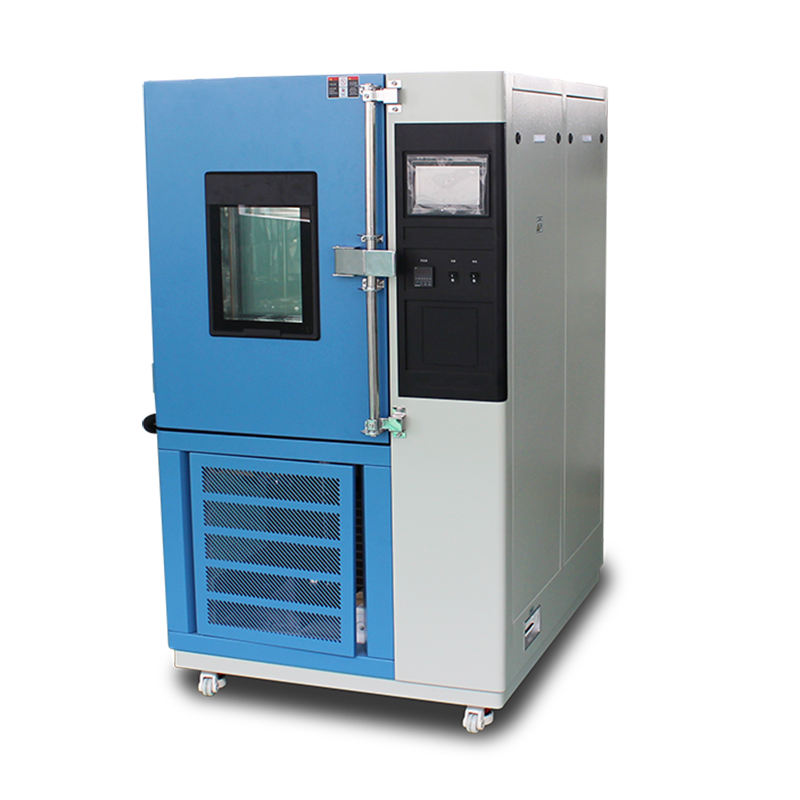In today’s fast-evolving technological landscape, product durability and reliability have become key competitive differentiators for businesses. This is especially true for products exposed to extreme environments, such as automotive components, aerospace materials, electronics, and plastic goods. Accelerated aging testing is critical for these industries, and ozone aging chambers serve as a powerful tool to evaluate resistance to oxidative degradation. This article explores the types of products suited for ozone aging tests and their role in quality assurance.
1. How Ozone Aging Chambers Work
Ozone aging chambers simulate high-ozone environments to accelerate material degradation. Ozone, a potent oxidizing agent, rapidly reveals aging characteristics and durability issues in materials. By controlling ozone concentration, temperature, and humidity, these chambers replicate real-world aging processes, helping identify potential failures before market release. This method shortens R&D cycles and mitigates post-launch risks caused by premature aging.
2. Products Suitable for Ozone Aging Tests
2.1 Rubber Products
Rubber materials (e.g., tires, seals, gaskets) are highly susceptible to ozone-induced cracking, discoloration, and loss of elasticity. Testing ensures performance retention under prolonged ozone exposure, critical for automotive and industrial applications.
2.2 Plastic Components
Many plastics (e.g., automotive dashboards, housings) degrade under ozone, leading to brittleness or surface defects. Testing validates their ability to withstand combined UV/ozone exposure in outdoor settings.

2.3 Electronics and Electrical Parts
Insulating materials, circuit boards, and polymer-based components can degrade when exposed to ozone, risking electrical failures. Preemptive testing ensures long-term stability and safety.
2.4 Coatings and Paints
Ozone resistance directly impacts coating adhesion and color retention. Testing helps automotive, aerospace, and architectural coatings meet durability standards.
2.5 Textiles and Synthetic Fabrics
Ozone tests evaluate colorfastness and tensile strength in outdoor gear, sportswear, and upholstery, ensuring consumer products maintain quality over time.
2.6 Construction Materials
With the rise of sustainable building practices, ozone aging tests verify the longevity of sealants, roofing materials, and composites under environmental stress.
3. Why Ozone Aging Testing Matters
3.1 Risk Mitigation
Early detection of aging-related flaws reduces costly recalls, rework, and warranty claims post-production.
3.2 Competitive Edge
Products proven to resist ozone degradation gain market trust and comply with international standards (e.g., ASTM D1149, ISO 1431).
3.3 Innovation Support
Testing accelerates R&D for new materials, enabling breakthroughs in high-performance polymers and eco-friendly alternatives.
3.4 Regulatory Compliance
Industries like automotive (SAE J2020) and aerospace mandate ozone resistance testing for safety certifications.
4. Looking Ahead
As industries prioritize sustainability and product lifespan, ozone aging chambers will evolve with smarter controls and predictive analytics. Businesses investing in rigorous testing today will lead tomorrow’s markets—where quality isn’t just expected but demanded.
Key Takeaway: From tires to tech, ozone aging tests are indispensable for ensuring real-world reliability. Stay ahead by integrating these tests into your quality workflow.













